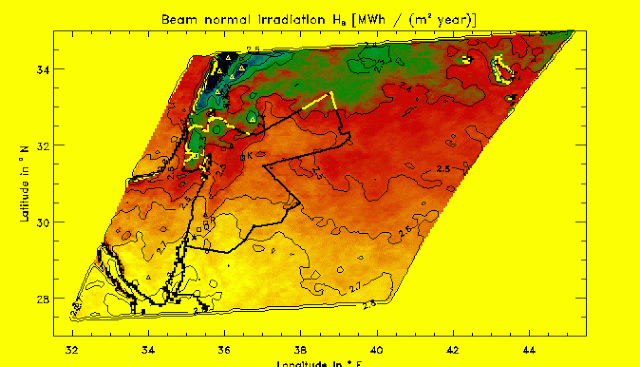EDF EN Canada Inc., a subsidiary of EDF Energies Nouvelles Group, and Énergie du Granit Inc. announced today that the 24.6 megawatt (MW) Le Granit Wind Project has declared commercial operation. The wind power project represents a joint-ownership undertaking formed by EDF EN Canada and Énergie du Granit, a company wholly owned by the MRC du Granit and 16 of its municipalities.
Located on the lands of the municipality of Saint-Robert Bellarmin, in MRC du Granit, administrative region of Estrie, Le Granit Community Wind Project is comprised of 12 turbines supplied by Senvion. The electricity generated is delivered to Hydro-Quebec Distribution under a 20-year Power Purchase Agreement.
Énergie du Granit Inc. owns 30% of the project while EDF EN Canada holds the remaining 70%. An annual contribution of $61,500 will be paid by the project during the 20-year operational phase to the municipality of Saint-Robert-Bellarmin. The project employed more than 100 persons during the peak construction phase.
"This is the second wind project on the territory of the MRC du Granit and our first investment in renewable energy," said André St-Marseille, President of Énergie du Granit. "The commissioning of Le Granit wind farm complements a partnership established in 2009. Énergie du Granit will finally see the results of its participation since the financial benefits could be used for the development of our rural communities, in a context where municipalities need more than ever to diversify their income.”
“Through the entire development and construction process, EDF EN Canada has worked hand-in-hand with the MRC. Our partnership is based on a deep level of mutual trust and respect that has only been strengthened through the process of building the Project,” said Al Kurzenhauser, Chief Operating Officer of EDF EN Canada. “We look forward to many years of continued collaboration and success.”
Le Granit is one of seven wind energy projects awarded to EDF EN Canada in 2008 and 2010 through Hydro-Quebec Distribution call for tenders. It also represents the third project developed by EDF EN Canada to be held in partnership with a MRC, the other two wind projects being La Mitis (24.6 MW) and Lac Alfred (300 MW). By the end of 2015, EDF EN Canada will have placed into service 1,374 MW of wind and solar projects in Canada.
| Location | Municipality of Saint-Robert-Bellarmin | |||
| Installed Capacity | 24.6 MW | |||
| Turbines | 12 Senvion MM92 turbines | |||
| Power Off Taker | Hydro-Quebec Distribution | |||
| Construction Company | Borea Construction | |||
| Construction | Summer/Autumn 2014 | |||
| Peak Work Force | More than 100 persons during peak construction | |||
EDF EN Canada, a subsidiary of EDF Energies Nouvelles, is a market leader in renewable energy, with more than 1,300 MW of wind and solar power facilities in service or under construction. Headquartered in Toronto and Montreal, EDF EN Canada employs an integrated approach to project development covering all aspects from conception to commissioning through to generation and long term operations. The subsidiary offers financial strength, technological innovation and an emphasis on service. EDF EN Canada draws on the market expertise of EDF Renewable Energy, EDF Energies Nouvelles' U.S. subsidiary.




















